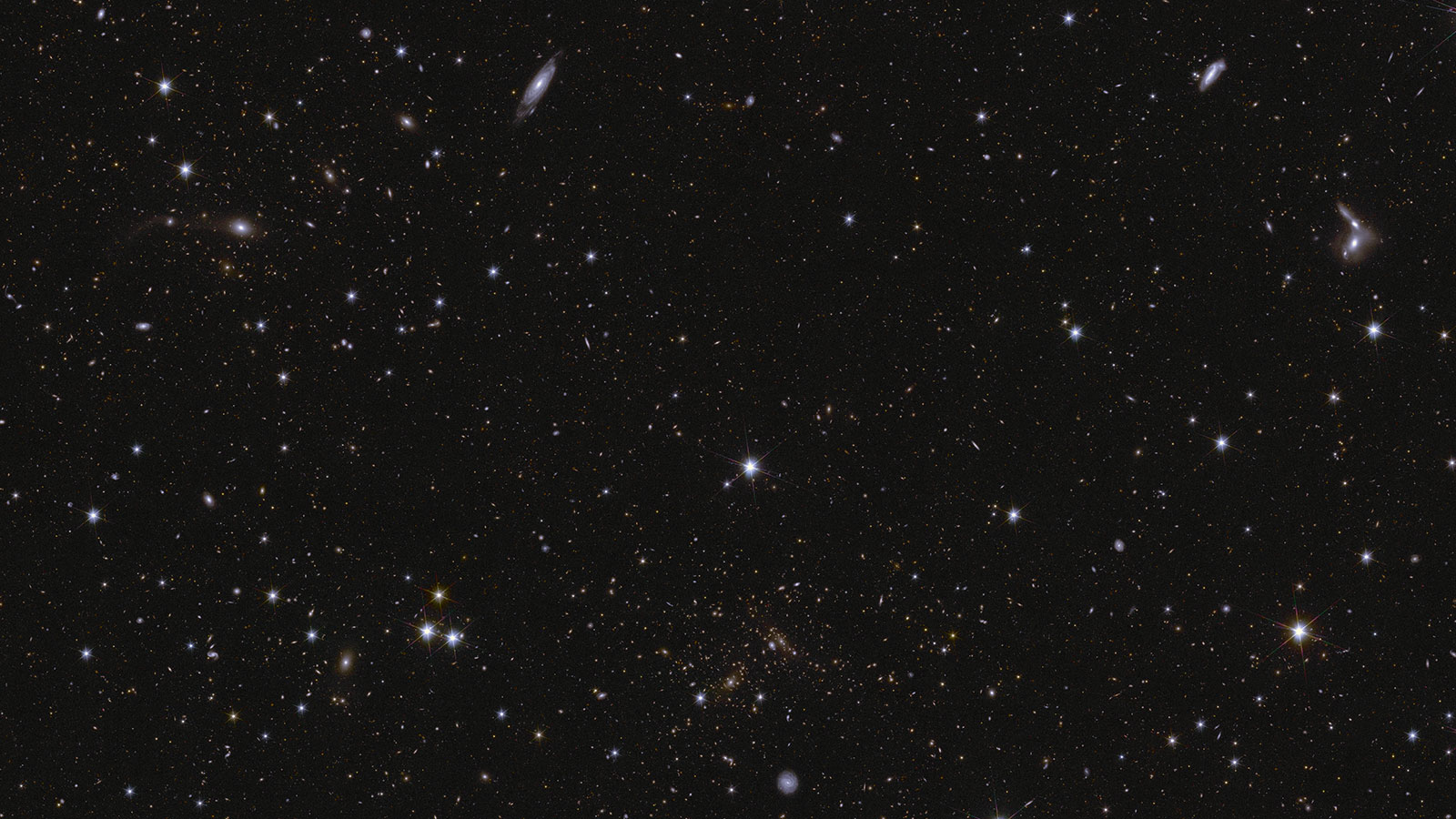Now Reading: NASA’s Blue Ghost Cameras Capture Lunar Sunset
-
01
NASA’s Blue Ghost Cameras Capture Lunar Sunset
NASA’s Blue Ghost Cameras Capture Lunar Sunset

Quick Summary
- NASA’s SCALPSS 1.1 stereo cameras aboard Firefly’s Blue ghost Lander captured lunar sunset views during it’s 14-day operation on the Moon.
- The cameras collected nearly 9,000 images and returned 10 GB of data before ceasing operation as expected during the lunar night.
- A key focus of this mission was studying how engine plumes from spacecraft impact and disturb lunar soil (regolith).
- Insights gained will help future missions manage engine plume effects,especially as payload landings on the Moon become more frequent and closer in proximity.
- Funded by NASA’s Space Technology Mission Directorate under its Game changing Development program.
- Developed at NASA Langley Research Center with support from Marshall Space Flight Center.
Indian Opinion Analysis
NASA’s efforts to improve understanding of regolith disturbances caused by spacecraft on the Moon are critical for ensuring prosperous lunar exploration. This research may provide learnings applicable to India’s own ambitious space goals,including Chandrayaan missions and proposed international collaborations on lunar projects.By addressing potential challenges related to surface integrity and proximity operations, such studies aid in long-term lunar base planning-a prospect relevant to India’s space aspirations in contributing actively to global extraterrestrial endeavors.


























